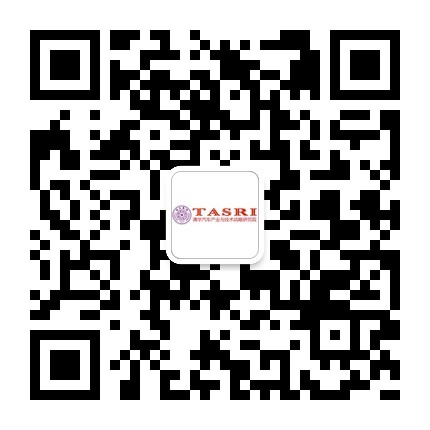| Innovation and Development Strategies of China’s NewGeneration Smart Vehicles Based on 4S Integration |
[Title]Innovation and Development Strategies of China’s NewGeneration Smart Vehicles Based on 4S Integration [Journal]Chinese Engineering Science, Vol.23, No.3, 2021 [Author]Liu Zongwei, Song Haokun, Hao Han, Zhao Fuquan* [Abstract]The new-generation smart vehicles are intelligent network terminals that integrate smart vehicle, smart transportation, smart city, and smart energy (i.e., 4S integration). They move flexibly to connect the flow of people, materials, energy, and information of a city, and have more strategic values than traditional vehicles. This study aims to clarify the significance in developing the newgeneration smart vehicles based on 4S integration, determine the technology path for the innovative development of the new-generation smart vehicle industry, and establish a novel technology system by summarizing relevant key technologies. The new-generation smart vehicles based on 4S integration is an upgrade of smart vehicles in terms of value, function, and technology. China should select a smart vehicle technology path considering vehicle infrastructure cooperation to acquire the leadership in scientific and technological innovation. To establish the technology system of the new-generation smart vehicles based on 4S integration, the automation and connectivity levels of vehicles should be coordinated simultaneously, and common basic technologies such as big data, cloud computing, information, and communications should be promoted, together with the core key technologies related to vehicles, roads, and cloud. Furthermore, we propose suggestions from the aspects of top-level design, industrial integration, technological innovation, and practical implementation, hoping to provide theoretical references for long-term development of China’s smart vehicle industry. [Key words]new-generation smart vehicles; smart transportation; smart city; smart energy; 4S integration; vehicle infrastructure cooperation |
| PREVIOUS:Impact of adaptive cruise control (ACC) system on fatality and injury reduction in China NEXT:Effect of Chinese Corporate Average Fuel Consumption and New Energy Vehicle Dual-Credit Regulation on Passenger Cars Average Fuel Consumption Analysis |




